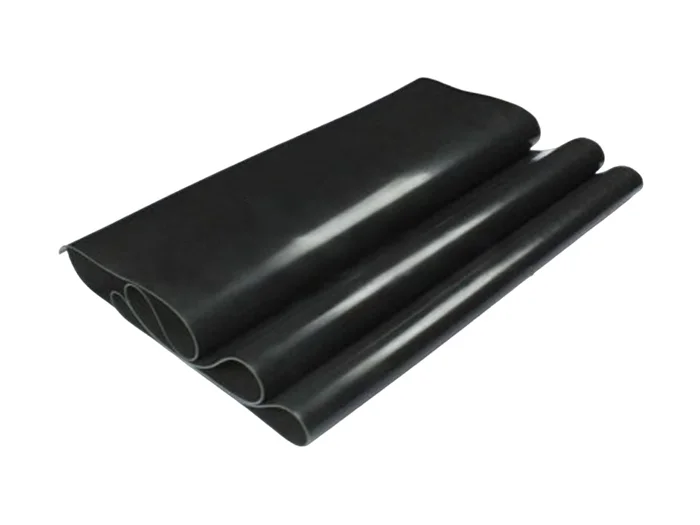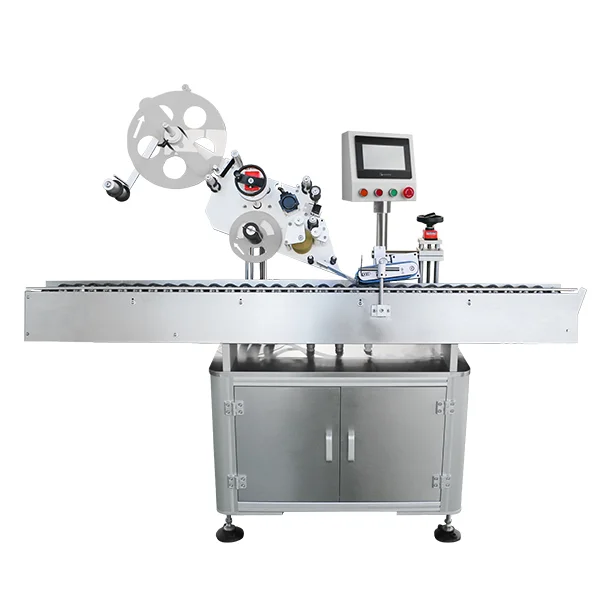
When it comes to printing, one of the most common questions that arises is whether toner lasts longer than ink. This question is crucial for individuals and businesses alike, as it directly impacts printing costs and efficiency. In this comprehensive guide, we will delve into the intricacies of toner and ink, exploring their differences, longevity, and factors that affect their lifespan.
Understanding Toner and Ink:
Toner and ink are two distinct substances used in printing. Toner is a fine powder composed of pigments and polymers, while ink is a liquid containing dyes or pigments dissolved in a solvent. These differences in composition play a significant role in determining their lifespan.
Factors Affecting Longevity:
- Printing Volume: Toner cartridges generally have a higher page yield than ink cartridges. This means that toner can handle larger printing volumes before needing replacement. Ink, on the other hand, is more suitable for low to moderate printing needs.
- Print Quality: Toner is known for its exceptional print quality, especially for text and grayscale images. It adheres better to paper and produces sharper, smudge-resistant prints. Ink, while capable of producing vibrant colors, may fade over time and is more prone to smudging.
- Paper Type: The type of paper used can impact the lifespan of toner and ink. Toner works well on a variety of paper types, including regular and glossy paper. Ink, however, may require specialized inkjet paper to achieve optimal results and prevent bleeding or smudging.
- Environmental Factors: Temperature, humidity, and exposure to light can affect the longevity of both toner and ink. Toner cartridges are generally more resilient to environmental conditions, making them suitable for long-term storage.
Cost Considerations:
While toner cartridges often have a higher upfront cost than ink cartridges, their longevity can result in lower overall printing costs. Toner cartridges typically yield more pages before replacement, reducing the frequency of cartridge changes and associated expenses. Ink cartridges, although cheaper initially, may require more frequent replacements, leading to higher long-term costs.
Conclusion:
In summary, toner generally lasts longer than ink due to its composition, print quality, and page yield. Toner cartridges are better suited for high-volume printing and offer superior durability, especially for text-based documents. Ink cartridges, while capable of producing vibrant colors, may require more frequent replacements and are better suited for low to moderate printing needs. Understanding these differences can help individuals and businesses make informed decisions when it comes to their printing requirements.



